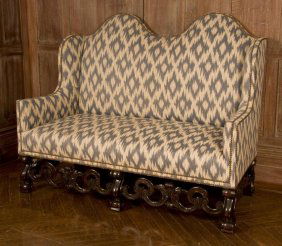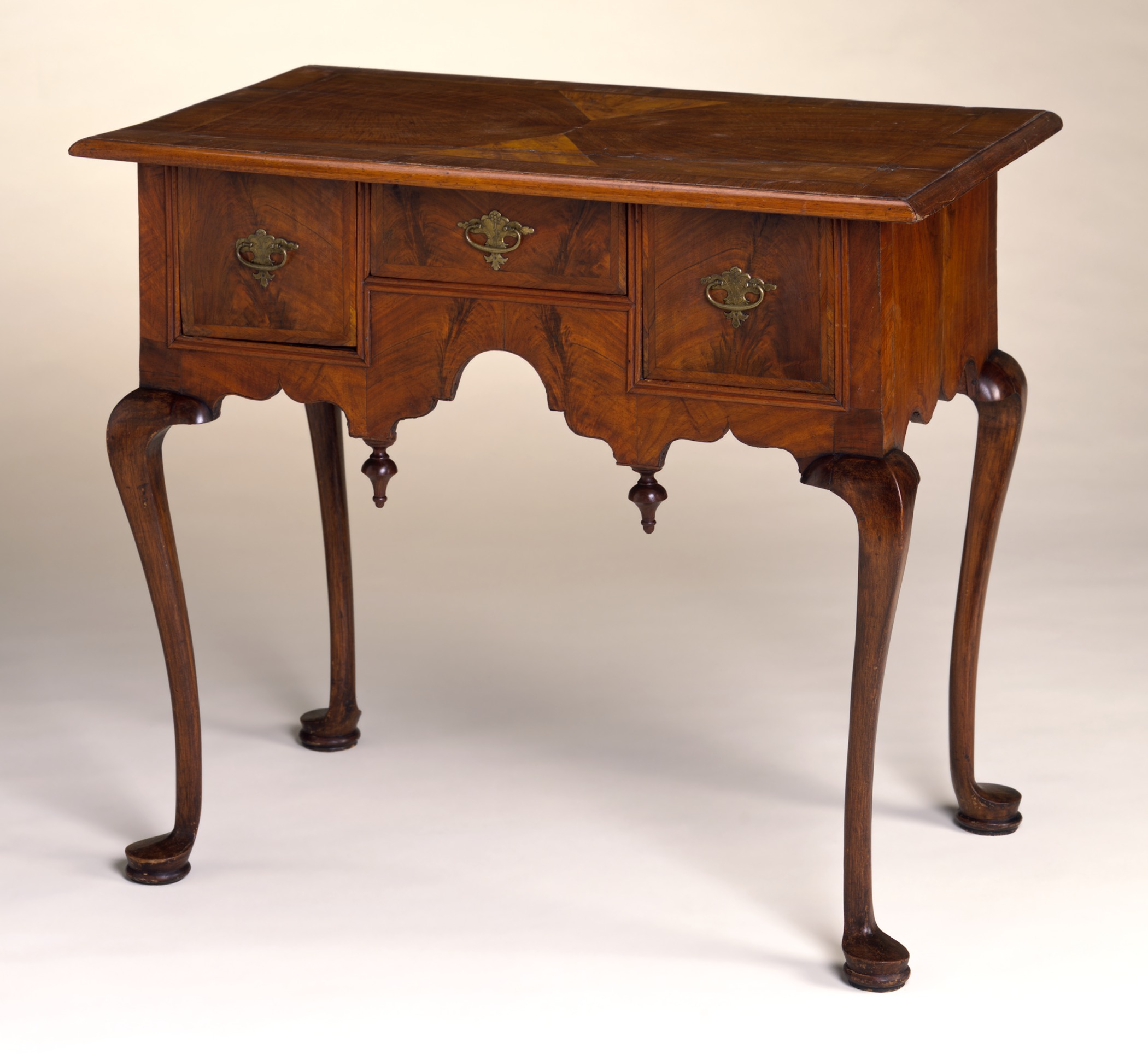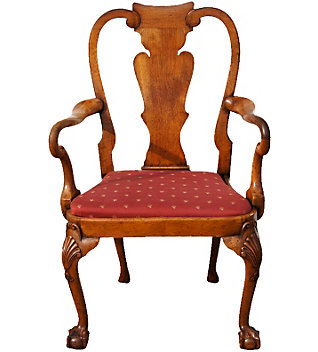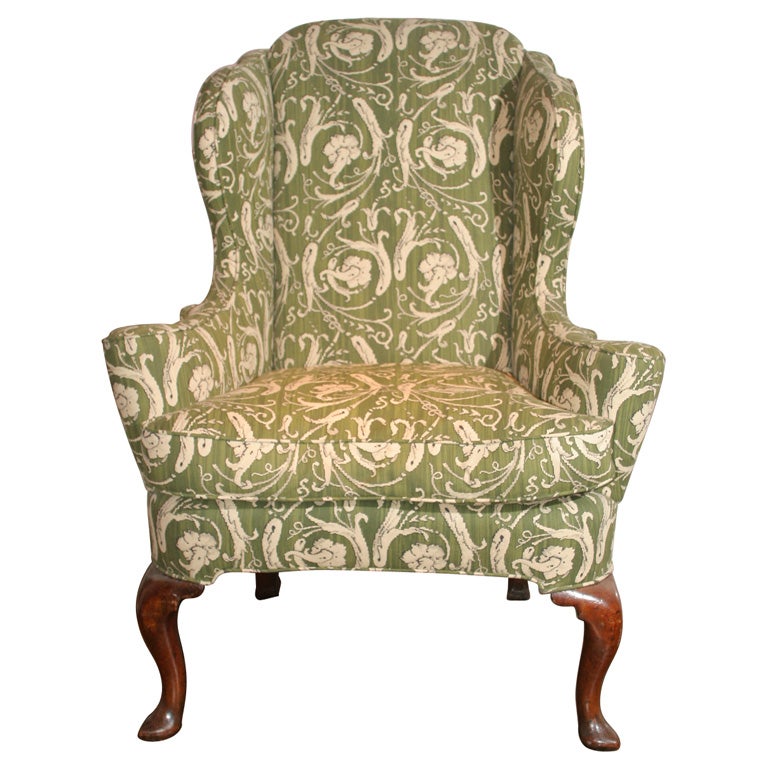After the fire, Charles II assigned 6 commissioners to rebuild London. Among them was Sir Christopher Wren who set new standards for housing. For the first time there were regulations on wall thickness, floor heights, and materials used in the construction of buildings. He also started zoning and construction regulations. He is the most renowned English Architect of all time and his master piece was St. Paul's Cathedral.
The age of William and Mary was the age of Walnut. During this time, there was a flight of french furniture craftsman to England. There was a new regulation to furniture during this time, for the first time they were concerned with comfort in addition to the beauty of the design. Also, for the first time there was a concern for beautiful furniture for the masses, which before was only accessible to the wealthy. Also, upholstery appears for the first time during this time. There was an oriental influence on the furniture and some of the fabrics used were velvet, brocade, chintz, leather and needle point.
Characteristics of furniture during this time are:
- straight turned legs or cup turned legs
- Low, horizontal X-stretcher
- Curved crossed stretcher
- Ball feet or ball and claw feet.
- Veneers perfected
- Marquetry and lacquer work


William and Mary Sette
During the time of Queen Anne, the interiors were simpler, and paper or silk was used on the walls. William Kent's designs were prominent during this time. He was a painter, architect, and designer who spent 10 years in Italy and was the first to design furniture for specific interiors.
Characteristics of furniture during the time are:
- Curved lines as dominated motif
- Chinese form in the structure of the furniture
- Lacquer as a finish
- Feminine and graceful
- Cabriole leg
- Looks like animal leg on ancient furniture
- Elongated S shape
- Found on some Chinese furniture
- Modeled after goats leg
- Stretchers started to be finished
- Smaller, lighter, and more comfortable furniture
| Cabriole Leg |



EC:
More information about Queen Anne Furniture:
https://www.youtube.com/watch?v=W6Hmlwlx9rM
More information on William Kent Furniture:
https://www.youtube.com/watch?v=Vogpr7l_gLc

 William and Mary chairs
William and Mary chairs




No comments:
Post a Comment